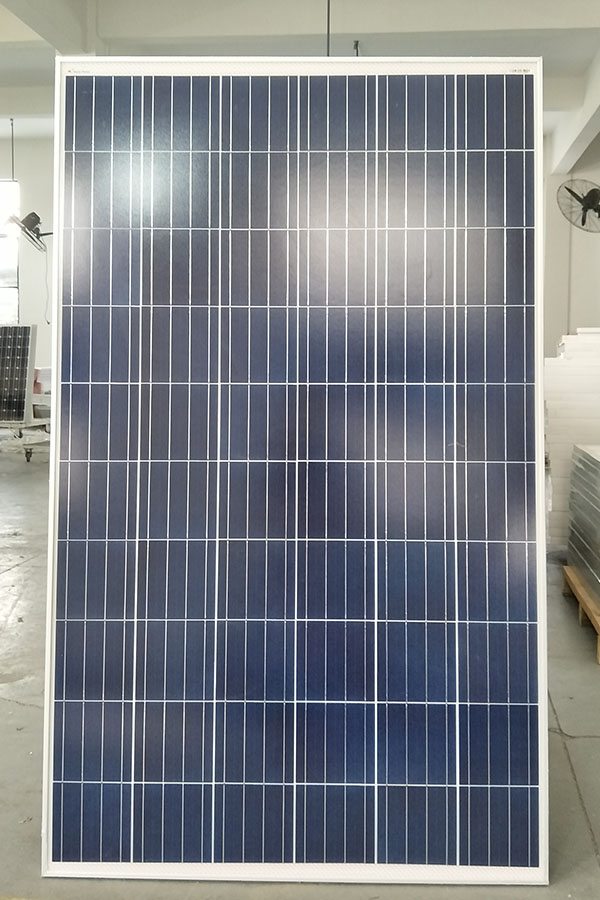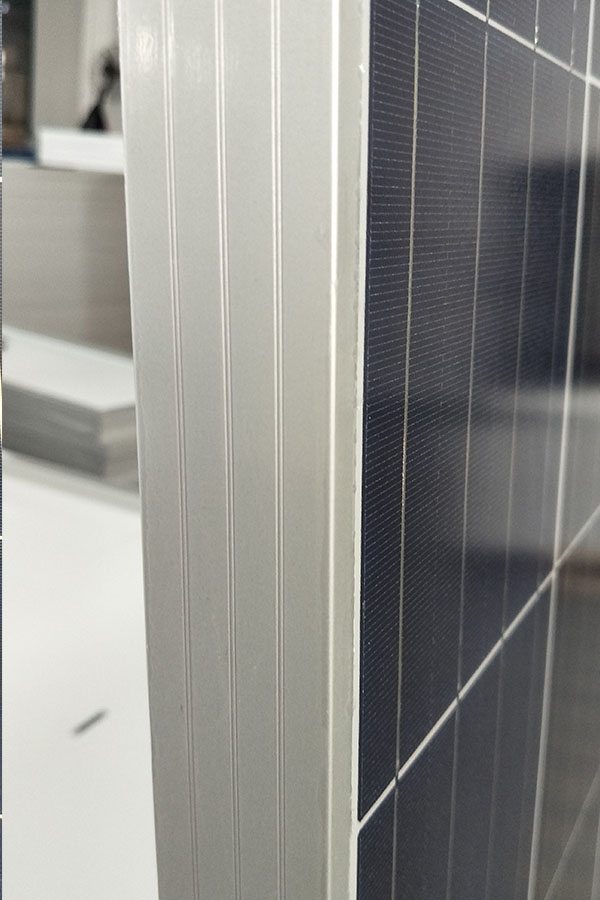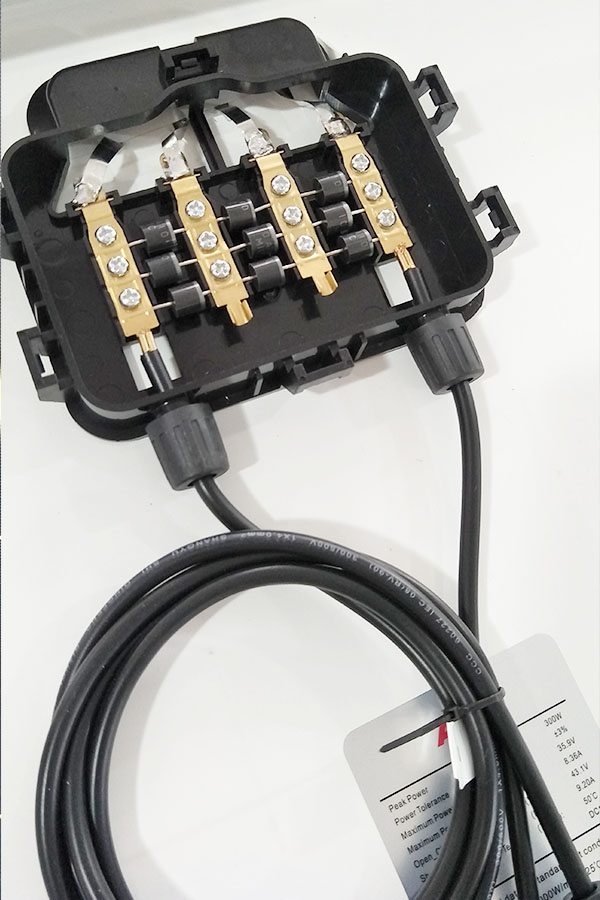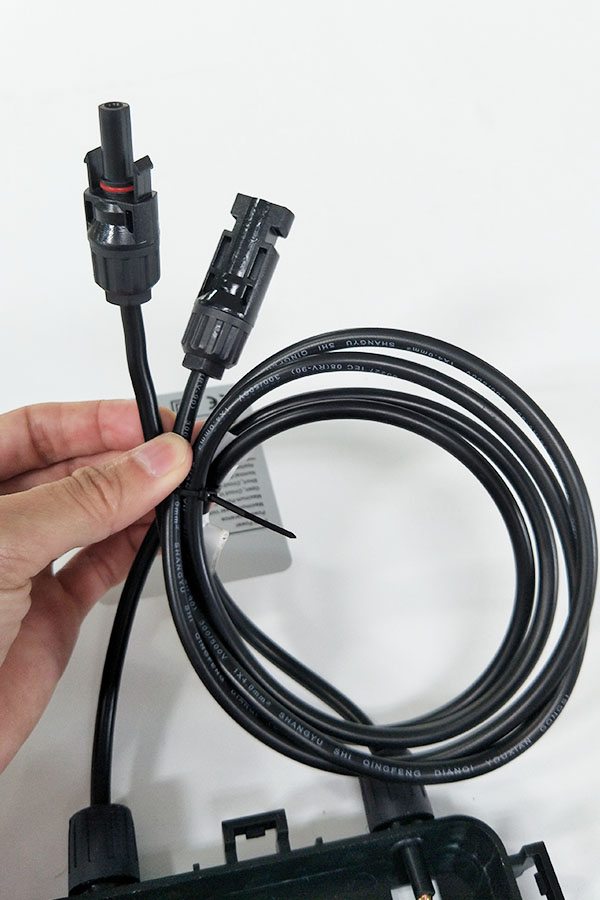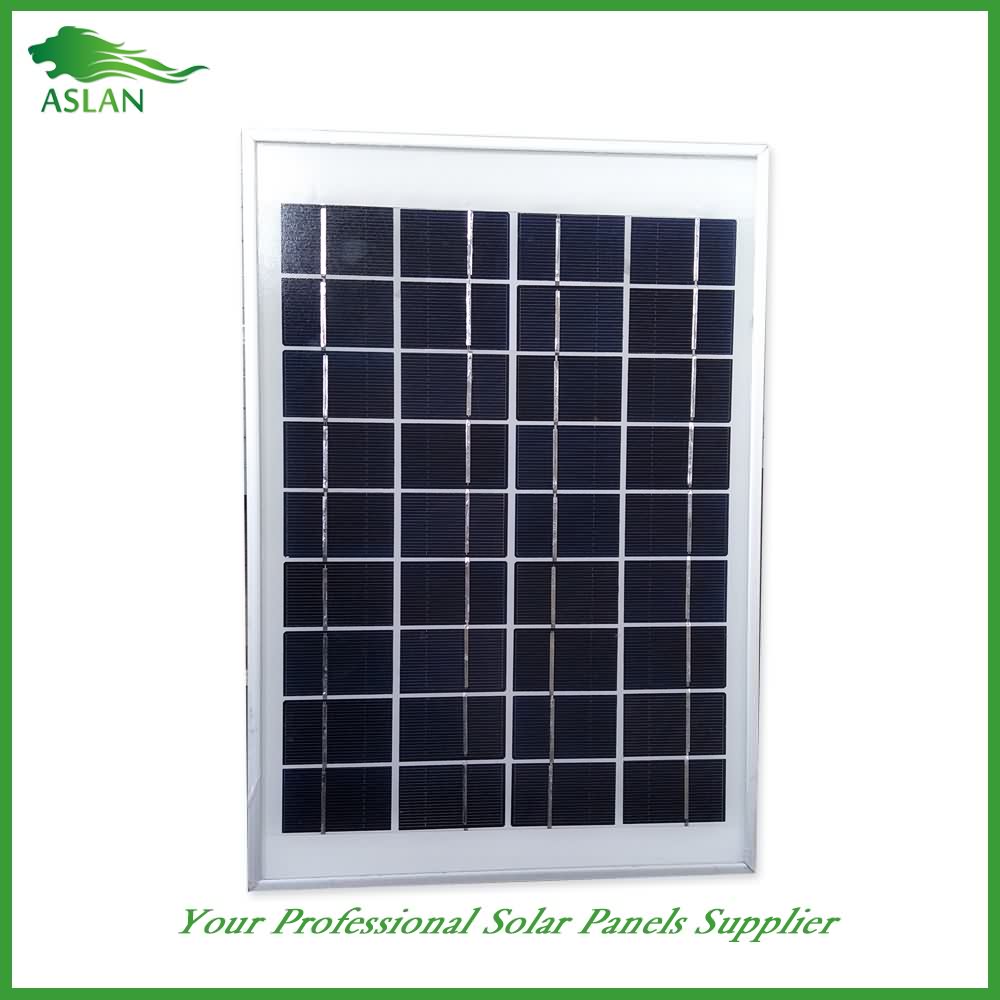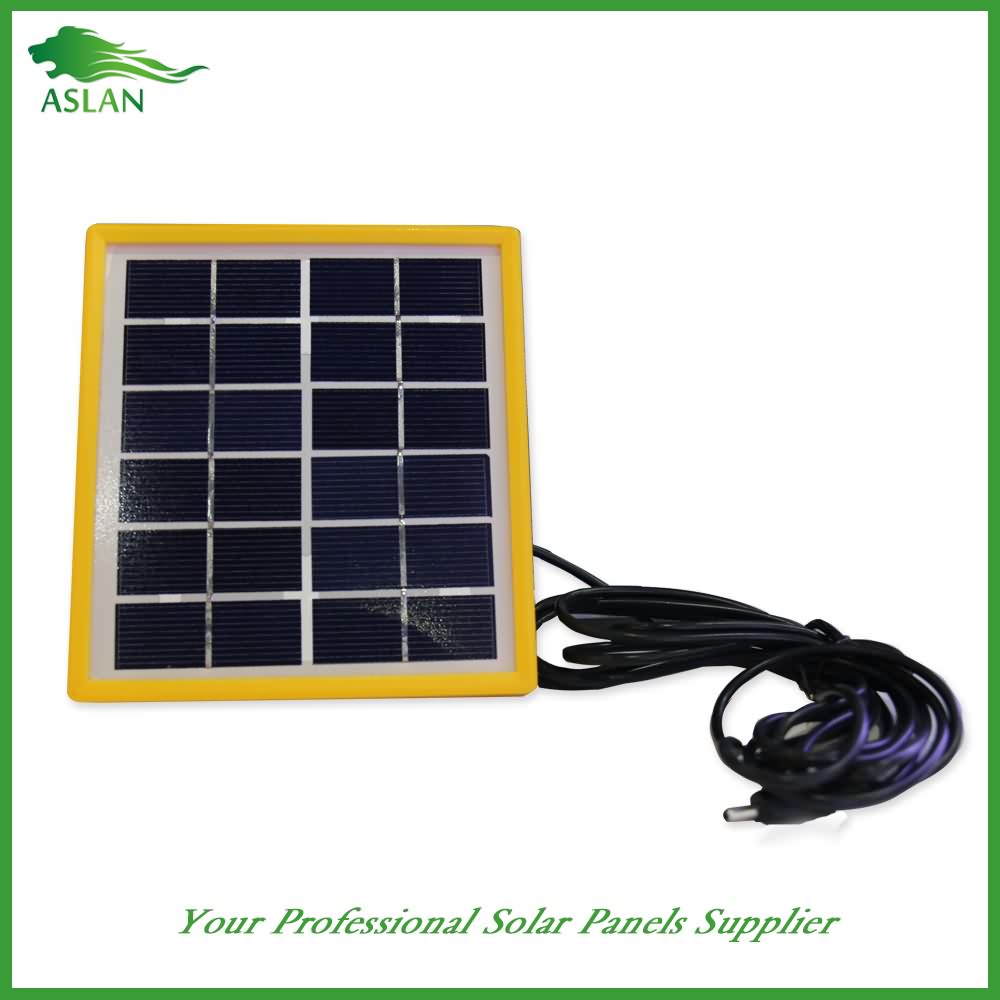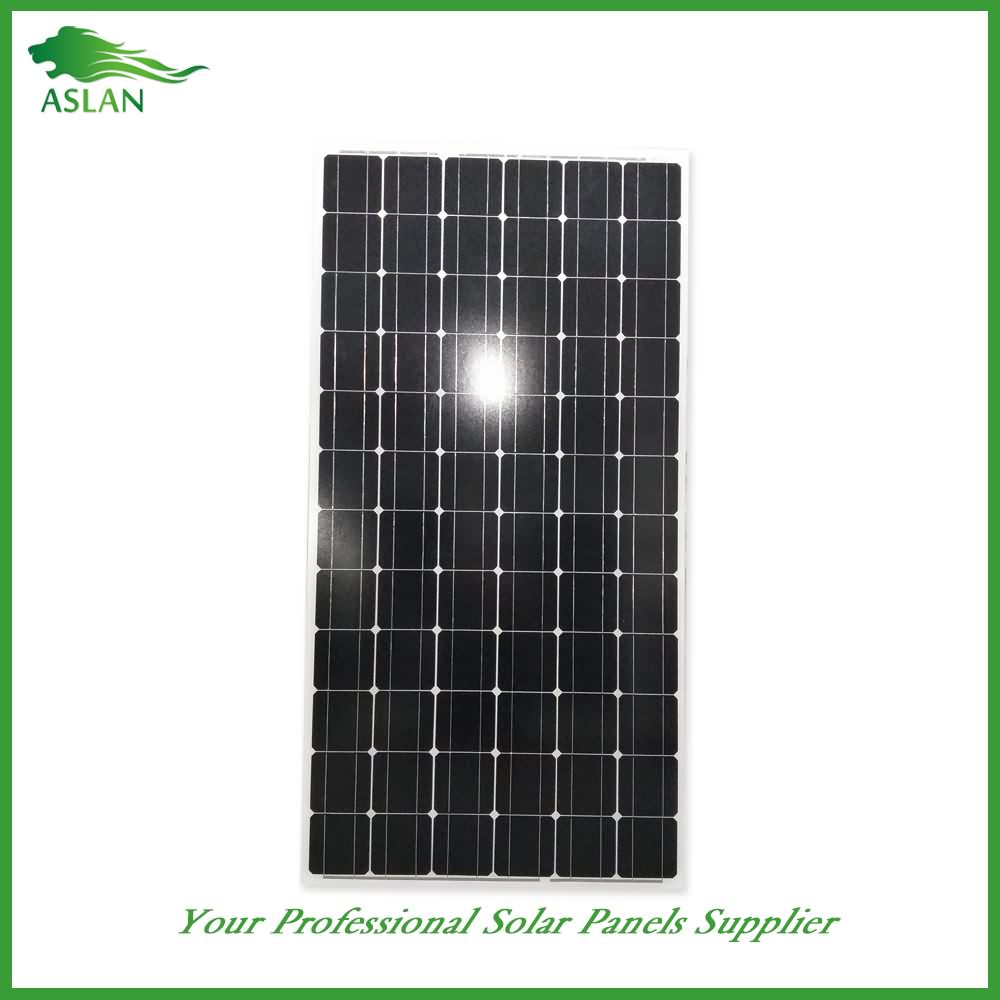Newly Arrival Poly-crystalline Solar Panel 250W in Switzerland
Short Description:
We are committed to providing easy,time-saving and money-saving one-stop purchasing service of consumer for Newly Arrival Poly-crystalline Solar Panel 250W in Switzerland, sincerely look forward to serving you in the near future. You are sincerely welcome to visit our company to talk business face to face with each other and establish long-term co-operation with us!
Poly-crystalline Solar Panel 250W
Technical parameter
Maximum Power(W) 250W
Optimum Power Voltage(Vmp) 30.25V
Optimum Operating Current(Imp) 8.26A
Open Circuit Voltage(Voc) 36.61V
Short Circuit Current(Isc) 8.89A
Mechanical Characteristics
Cell Type Polycrystalline 156x156mm (6 inch)
No of Cell 60 (6x10pcs)
Dimensions 1640x990x40mm
Weight 18.5KGS
Front Glass 3.2mm,High Transmission, Low Iron,Tempered Glass
Junction box IP65 Rated
Output Cable TUV 1×4.0mm2/UL12AWG,Length:900mm
Temperature and Coefficients
Operating Temperature(°C): -40°C ~ + 85°C
Maximum System Voltage: 600V(UL)/1000V(IEC) DC
Maximum Rated Current Series: 15A
Temperature Coefficients of Pmax: -0.47%
Temperature Coefficients of Voc: -0.389%
Temperature Coefficients of Isc: 0.057%
Nominal Operationg Cell Temperature (NOCT): 47+/-2°C
Materials of solar panel
1).Solar Cell——Polycrystalline solar cell 156*156mm
2).Front Glass——-3.2mm, high transmission, low iron, tempered glass
3).EVA——-excellent anti-aging EVA
4).TPT——-TPT hot seal made of flame resistance
5).Frame——anodized aluminum profile
6).Junction Box——-IP65 rated, high quality, with diode protection
Superiority: high quality anodized aluminum frame, high efficiency long life, easy installation, strong wind resistance, strong hail resistance.
Features
1. High cell efficiency with quality silicon materials for long term output stability
2. Strictly quality control ensure the stability and reliability, totally 23 QC procedures
3. High transmittance low iron tempered glass with enhanced stiffness and impact resistance
4. Both Poly-crystalline and Mono-crystalline
5. Excellent performance in harsh weather
6. Outstanding electrical performance under high temperature and low irradiance
Quality assurance testing
Thermal cycling test
Thermal shock test
Thermal/Freezing and high humidity cycling test
Electrical isolation test
Hail impact test
Mechanical, wind and twist loading test
Salt mist test
Light and water-exposure test
Moist carbon dioxide/sulphur dioxide
Get more info on Amazon-US: http://bit.ly/29utuAQ
Components: 1. Solar panel: 1pcs 17.6v-10w 2. Power Box: Battery12v * 4ah (5w & 8w), Controller: / 5a & / 10a (10w / 15w / 20w) 3. Led bulb: 3w * 2 4. Cable: 5m * 3 (1 root joint panels, two bulbs for lighting) works: 1. Charging time: typically 8 hours (6-10 hours) 2. Running fully charged state can 20-30 3. Widely used in indoor and outdoor, for example, the family room, camping, travel, hiking and other emergency situations. 4. Dc for and Usb5v of lighting. Features: 1. No need City Support 2. Could the during the day 3.could lights at night 4. Install easily 5. be installed in any place, be mounted on the wall and the floor 6.led technology 7.agm deep discharge lead-acid batteries 8.safety, long life 9.led and lines be customized according to customer demand, polycrystalline and monocrystalline to choose from, the price to customers Packaging: 1. The and packaged separately Size: 250 * 120 * 295mm (including and cables); Packing 365 * 265 * 30mm G / W: 5.6kg / set 2. The and along with 296 * 175 * 398mm / 4 sets 713 * 309 * 416mm / 4 of G / W: 24kg / 4set N / W: 21kg / the built-in to the 6 ~ 10 Note: the same electricity consumption load should exceed 80% of the
14 Craziest Solar Innovations.
Our planet is ever changing and so are the people on it. Here are 14 Craziest Solar Innovations. How did they come up with these ideas?
Subscribe to Talltanic http://goo.gl/wgfvrr
7. Xsol- E1.1
This unmanned aerial device uses solar power to extend its flight time from 12 minutes to around thirty-five minutes. Video released in 2015 showed the craft hovering around at a low altitude. The builders of the quadcopter have the goal of sending it on the first private led explorations of Mars. They would need to thoroughly test a prototype and have a production ready version available by 2018 if they hope to achieve this goal.
6. Solara 50
Google bought Titan Aerospace and their Solara 50 in April 2014 hoping to deliver the internet to remote parts of the world. The craft was designed to cruise at an altitude of 65 thousand feet while being powered by the sun. Built with around three thousand solar cells that cover its 164 foot long wings the craft could apparently stay in the air for five years at a time if it could only have gotten there. Google reported in May 2015 that the plane crashed in New Mexico shortly after take off, putting a halt to further flights. In January of this year, Google finally announced that they were abandoning the project altogether. Facebook also developed a drone called the Aquila that it tested in June 2016 with some success, though the drone reportedly suffered a structural failure as it was approaching that caused it to crash upon landing.
5. IVANPAH (Ivan Paw)
Amongst the vast expanse of California’s Mojave Desert lies the beautiful Ivanpah, the largest solar thermal power plant in the world. Since it began commercial operation in 2013, the solar facilities have been providing power to PG&E and Southern California Edison. The complex uses mirrors to focus the power of the sun on receivers that sit on top of power towers. Sitting around 5 miles from the California- Nevada border Ivanpah sits on federal land that is managed by the Bureau of Land Management. NRG Energy, one of the project’s investors, operates the power plant.
4. GoSun Grill
Parabolic mirrors on this futuristic grill collect the sun’s energy and deflect that heat onto the cooking chamber, which can hold about 80 percent of that heat. The grill can reach temperatures more than 430 degrees through the process, allowing it to cook just about everything. It also comes with a solar paneled grill mount that connects to a lithium battery that stores energy for later use, meaning the GoSun can be utilized at night.
3. Arclight
Solar innovations are starting to make their way into so many industries, including healthcare. Researchers at the University of St. Andrews recently launched the Arclight, a solar powered ophthalmoscope that can help experts in developing nations detect signs of blindness. The Arclight will cost around sixty dollars which is a steal considering that it performs as well or better than traditional devices that cost way more money. Thousands of units have already been shipped to countries around the world.
2. A Greener Christmas
Driving around and looking at the most impressively decorated lighting displays during Christmas Time is an American tradition that has always come with an unavoidable caveat. While the lights are visually pleasing, they also represent a huge waste of energy, which translates to more carbon dioxide emissions. And plus they’re dangerous and could cause a fire. Luckily several companies offer LED Christmas lights that are powered by, you guessed it, a solar panel.
1. Thanks MIT
People in Mexico were beneficiaries of an exciting application of solar technology. Deep in the jungles of the Yucatan Peninsula miles from any source of clean water lies the remote village of La Mancalona. In 2013 MIT researchers installed and began testing their solar powered water filtration system in the small town. The cost effective system consists of pumps, filters, several photovoltaic panels and a large tank to hold the purified water. Even on an overcast day, the setup can produce one thousand liters of drinking water from the area’s dirty well water. By 2015 it was clear that the system had been a huge success. Not only did the village have clean water, but they turned the system into a business. They began bottling and selling the water for a fraction of the price of bottles that villagers used to have to buy from a facility an hour away.
